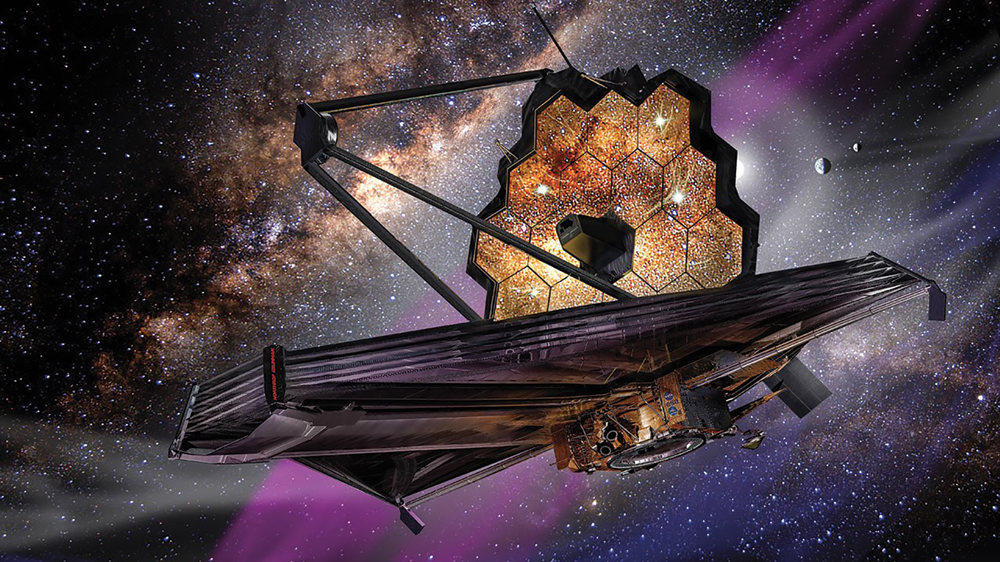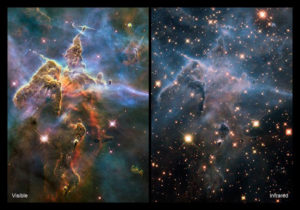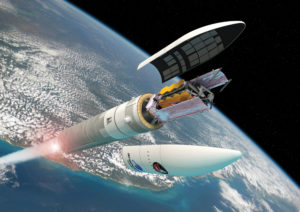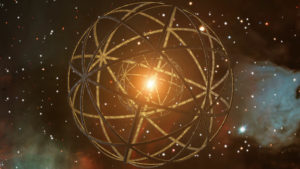The James Webb Telescope Uncovering the Universe's best kept Secrets.

Saturday, December 25th, 2021 I watched live as the Ariane 5 rocket waited near Kourou French Guiana for launch. Folded up inside its upper stage is the James Webb Space telescope with a whopping price tag of 10 billion dollars. It has taken 30 years of painstaking work to get to this point so everything needed to go right.
Because of its size for it to fit into the upper stage of the Launch vehicle, the telescope needed to be folded up.
The Ariane 5 rocket was chosen for its reputation as one of the world’s most reliable launch vehicles and sat warming up on the pad.
chosen for its reputation as one of the world’s most reliable launch vehicles and sat warming up on the pad.
You might be wondering why the launch was at French Guiana? well, the reason is that the Earth’s spin near the equator gave an additional beneficial thrust.
Thankfully everything went well and off Webb went on its 10 year mission. However, there would be more restless nights ahead for scientists and engineers during its 29 day one million mile journey.
Its destination is to orbit the sun at Lagrange point 2 or L2 a point in space that allows the telescope to stay in line with the Earth to readily communicate whilst also keeping the Sun, Earth, and moon behind it for a clear view of deep space. Webb also needs to be kept very cold to measure the heat from distant objects it must be kept at -370 degrees Fahrenheit so heat coming off the Earth and Moon would interfere with its precise measurements. Dozens of tiny operations thankfully went right during the first 29 days as it unfolded and set itself up on route.
Dozens of tiny operations thankfully went right during the first 29 days as it unfolded and set itself up on route.
With the journey now successfully completed undergoing science and calibrating testing has started. Patience is what’s required as it will take six months until we get to see the first images on the net.
Unlike Hubble which captures Ultraviolet light, Webb observes using the Infra-Red spectrum which can seem more distant objects. It will hopefully be possible to see early Stars and Galaxies formed during the very start of the Universe 13.7 billion years ago.
Exciting discoveries await like signs of life on other planets, how habitable some exoplanets are, and which are the most similar to Earth. You never know it might also find signs of advanced technological civilizations out there. If an advanced civilization exists it would most likely be harnessing its power directly from its nearest star, hence the search for Dyson Spheres or rings.  Its observation time is allocated through a General Observers (GO) program which will provide astronomers their chance to use the telescope. All GO programs are selected through peer review as far as I know so far 460 hours of observing time have been awarded to 13 programs for topics including the Solar System, Exoplanets, Star formation, near and distant Galaxies, gravitational lenses, and Quasars.
Its observation time is allocated through a General Observers (GO) program which will provide astronomers their chance to use the telescope. All GO programs are selected through peer review as far as I know so far 460 hours of observing time have been awarded to 13 programs for topics including the Solar System, Exoplanets, Star formation, near and distant Galaxies, gravitational lenses, and Quasars.
Bear in mind that the Webb looks back in time a very long time ago so if we do see wonders it will be the story of “Once upon a time in a galaxy far, far away’
